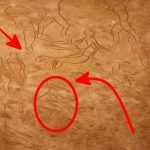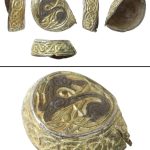Exploration of Prehistory: A New Find in Brazil Provides Information on 10,000-Year-Old Burials of Unknown Hunter-Gatherers
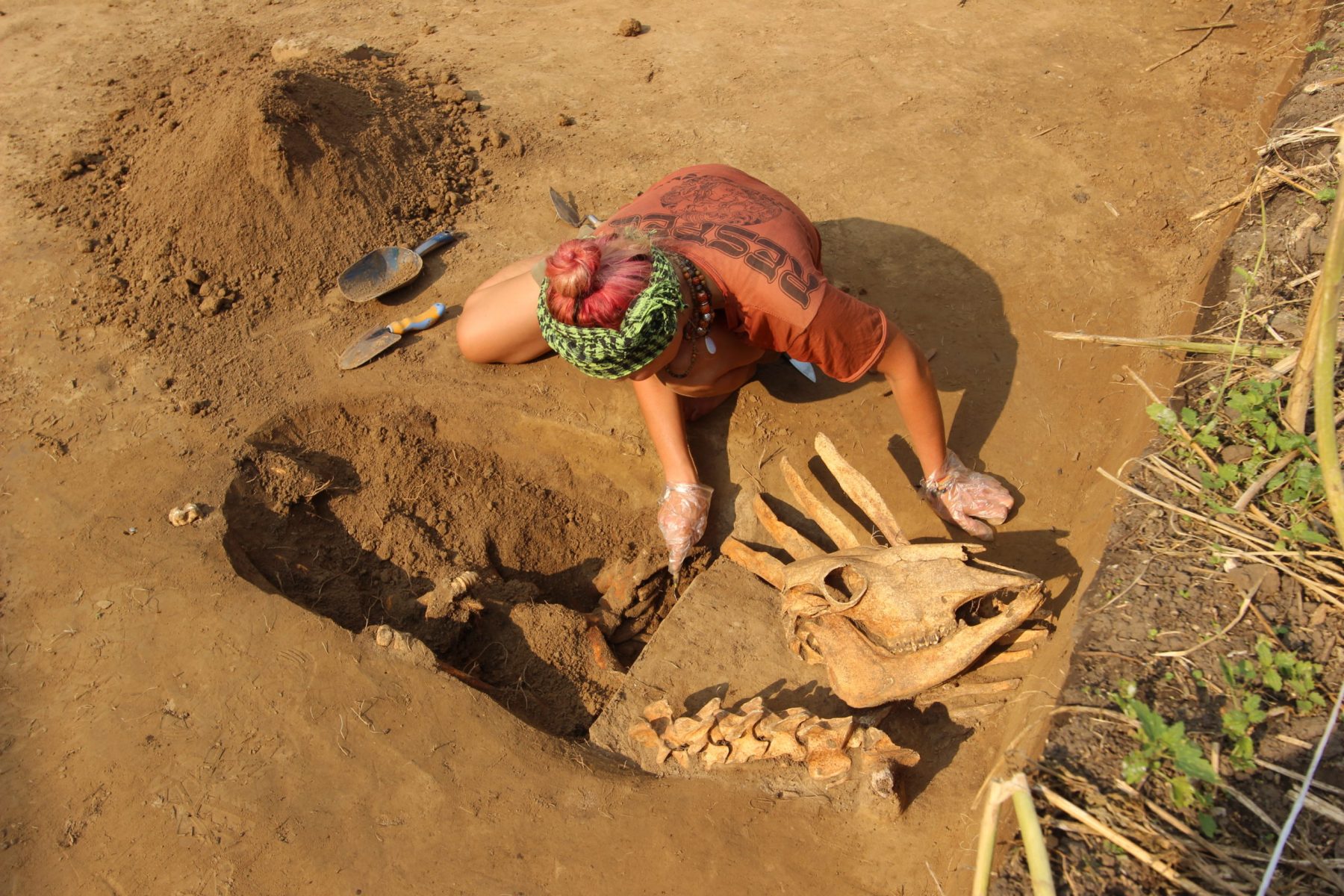
Archaeologists in Brazil have unearthed a vast cemetery containing over 40 skeletons and thousands of grave goods dating back as far as 10,000 years, according to a report by Live Science.
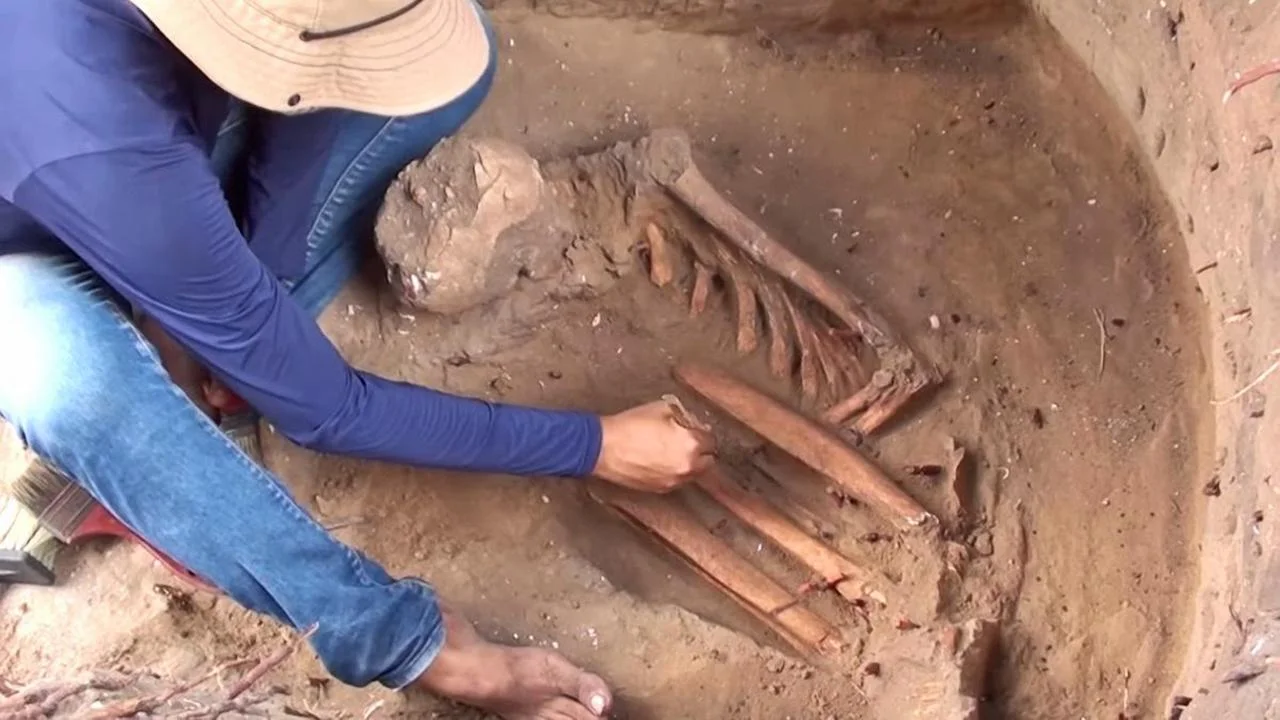
This significant finding is associated with previously unknown ancestral communities predating the historical coastal hunter-gatherers in the northeastern Maranhão state, making it the oldest human record in this region.
The cemetery is located in São Luís, the capital and largest city in Maranhão, on land owned by the construction company MRV. The site, known as Farm Rosane, is situated between two busy avenues and has been identified as a critical archaeological zone with traces of prehistoric human activity.

Initial signs of human presence, such as a prehistoric jawbone discovered in the 1970s, were attributed to the Sambaquian peoples who built shell mounds reaching up to 100 feet in height, using leftover food refuse from marine resources.
The recent excavation, initiated in June 2019 and led by Wellington Lage, the chief archaeologist, has unveiled a complex history. Initially, fragments of ceramics and stone tools were unearthed, followed by the discovery of the first skeleton about 24 inches below the surface during the peak of the COVID-19 pandemic in 2020. Since then, the team has meticulously excavated 43 skeletons and around 100,000 artifact fragments spanning at least four distinct periods, indicating human occupation for up to 8,500 years.
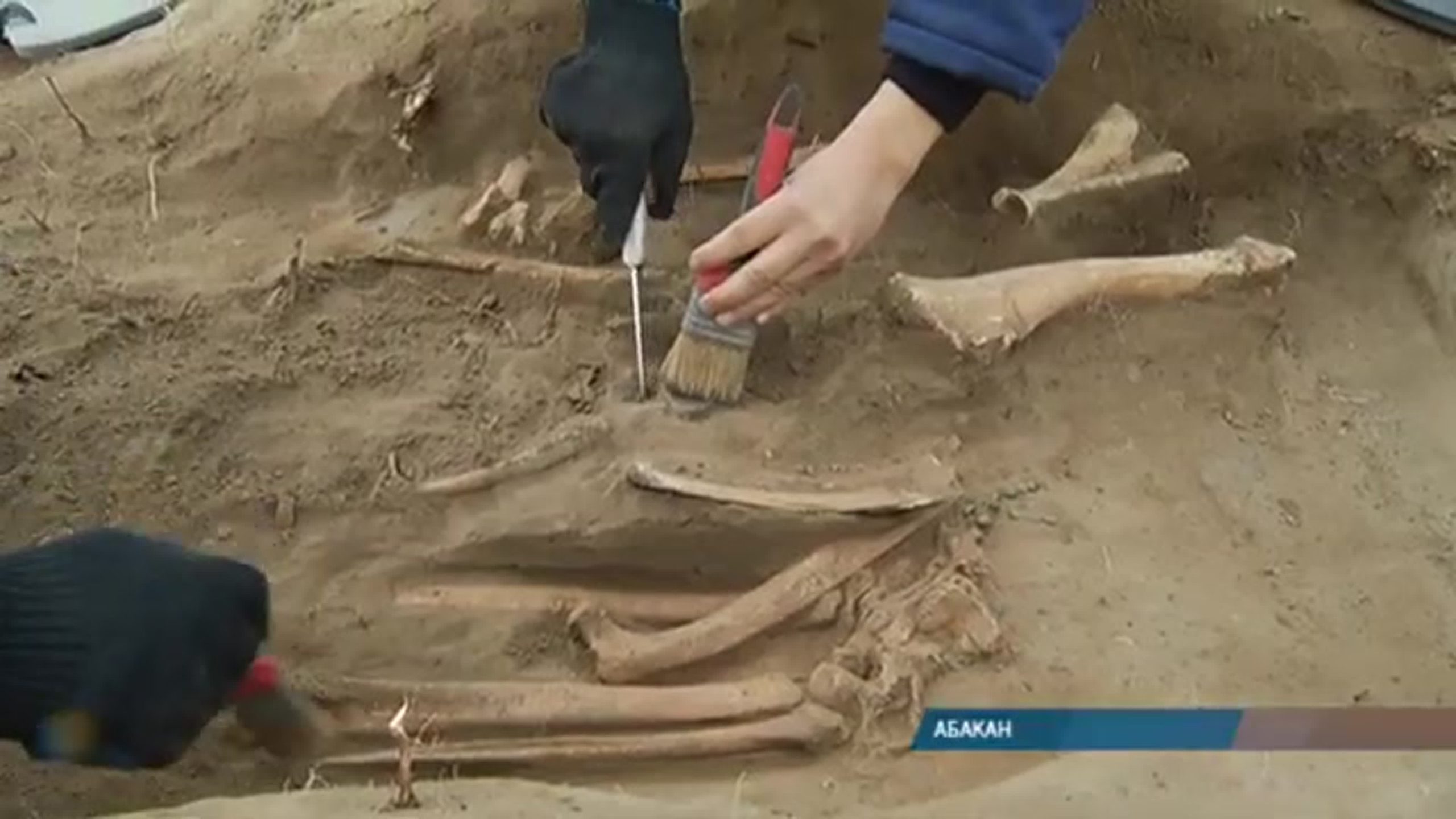
Lage reported that the skeletons, characterized by short stature with the tallest being 5 feet, 3 inches, belonged mostly to adult men, with two children among the remains. “Initial analysis suggests that these were individuals involved in strenuous physical activities, evidenced by bone marks indicating load and extensive mobility,” he told Live Science.
The deepest-buried skeleton, found nearly 7 feet underground, was dated using the optically stimulated luminescence (OSL) technique, revealing a timeframe between 7,000 and 10,000 years ago. To validate the dating of different soil layers, samples will be sent to the U.S. laboratory Beta Analytic for radiocarbon dating in February.
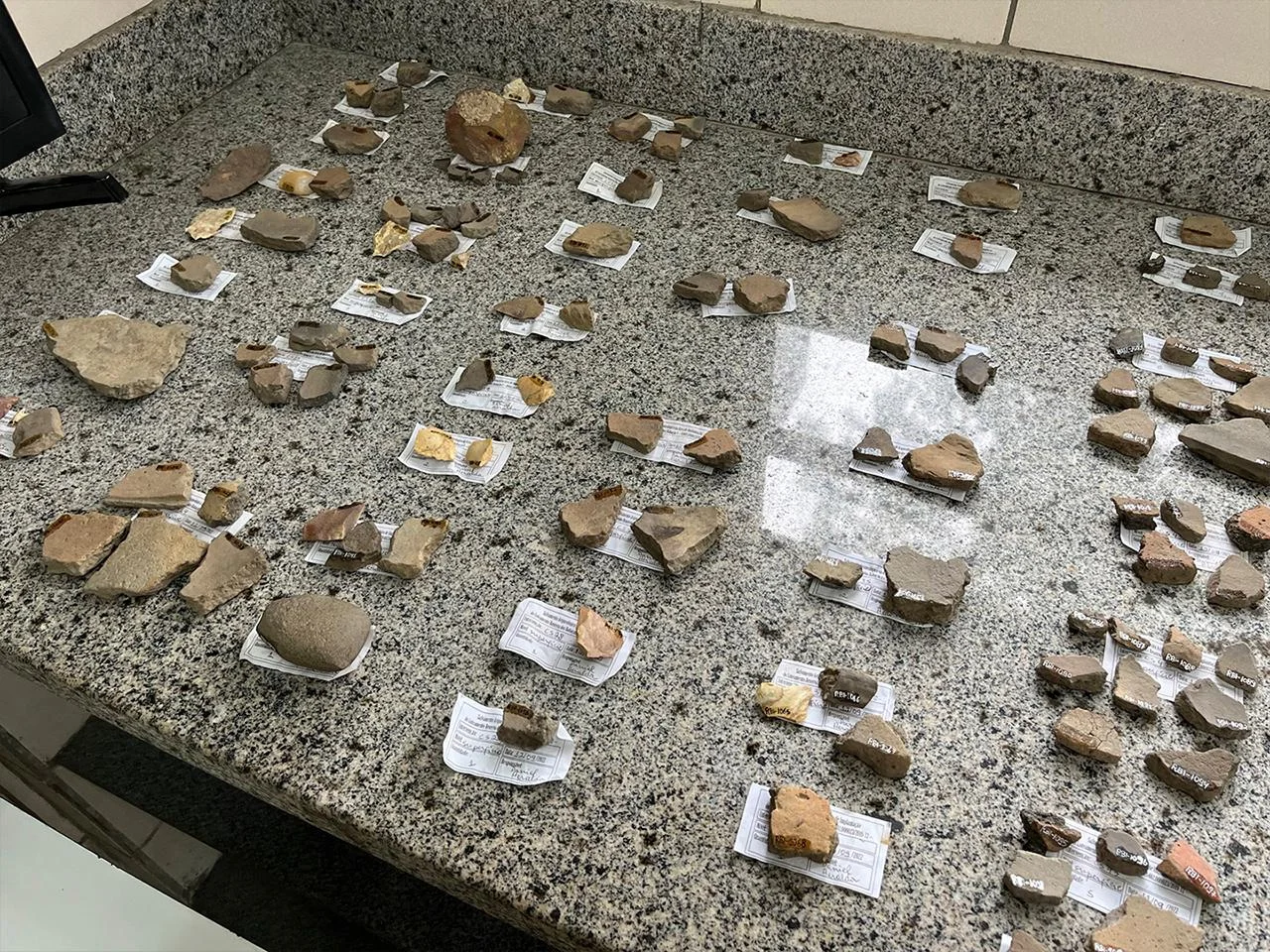
This will help establish timelines for various groups that occupied the site, including pre-Sambaquian, Sambaquian, Tupi (Amazonian cultures), and Tupinambás—a Tupi subgroup that had contact with Europeans after 1500.
MRV plans to construct a curation and storage center for the archaeological finds, including a research laboratory and museum.



